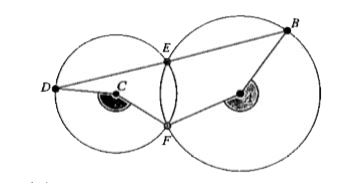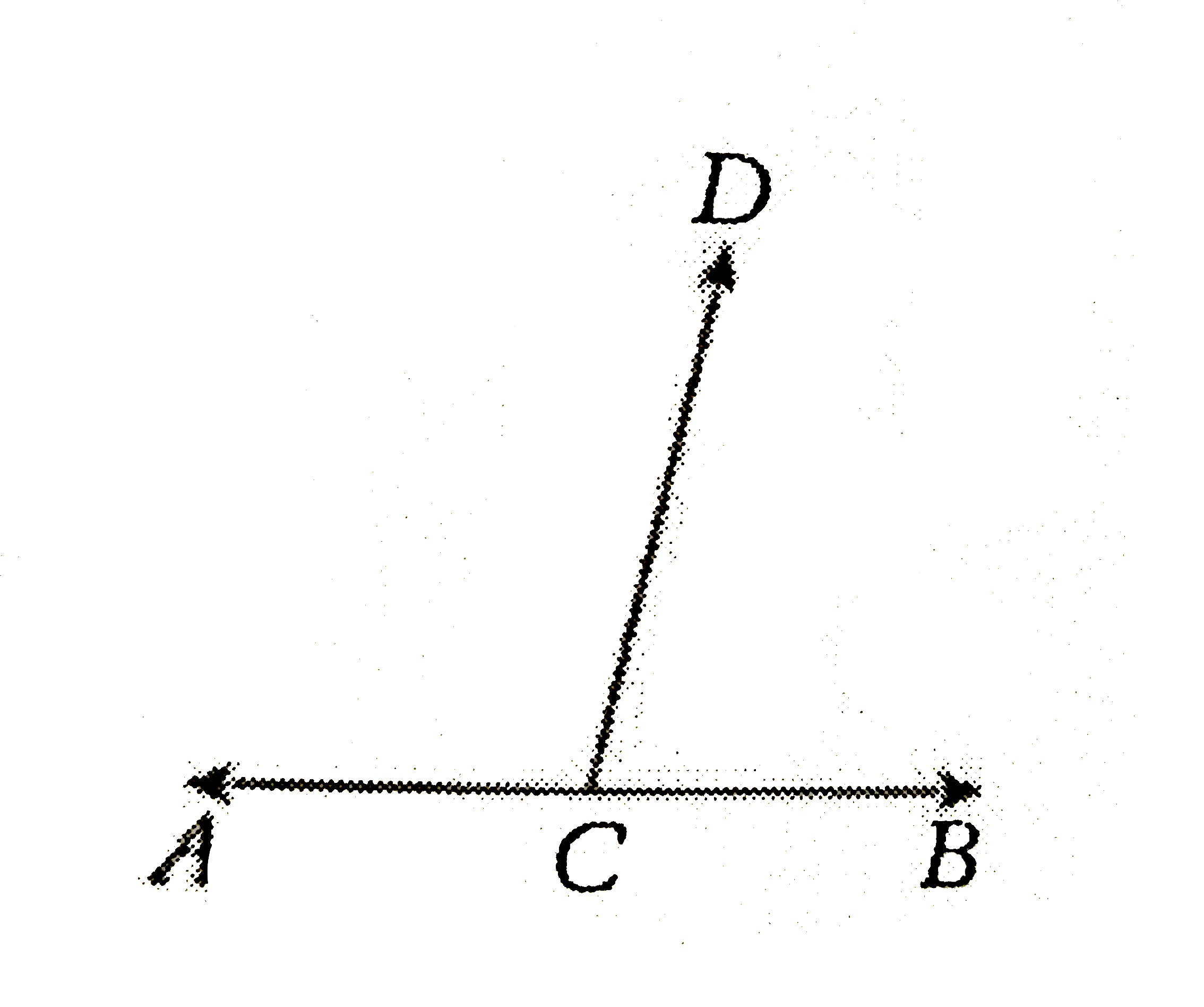Straight Angle and Reflex Angle
Video Solution
|
Answer
Step by step video & image solution for Straight Angle and Reflex Angle by Maths experts to help you in doubts & scoring excellent marks in Class 9 exams.
Updated on:21/07/2023
Similar Questions
Knowledge Check
- Question 1 - Select One
At 2 'O clock the hands of a clock make an acute angle and a reflex angle. How much is the reflex angle (in degrees)?
A225∘B275∘C300∘D180∘ - Question 2 - Select One
In the figure , A and C are the centres of the circles. DEB is a straight line. If relex angle BAF = 208∘ then obtuse angle DCF=
 A152∘B176∘C120∘D150∘
A152∘B176∘C120∘D150∘
An angle of measure 1800 is called a zero angle (b) a right angle (c) a straight angle a reflex angle
View SolutionAn angle of measure 900 is called a complete angle (b) a right angle a straight angle (c) a reflex angle
View SolutionAn angle of measure 3600 is called (a)a zero angle (b) a straight (c) a reflex angle (d) a complete angle
View SolutionWhen the sum of the measures of two angles is that of a straight angle and if one of them is acute then the other should be__________.
View SolutionWhat fraction of a straight angle is a right angle?
View Solution
In the above figure, ACB is a straight line and ∠ACD:∠DCB=2:1 . Find ∠DCB.View Solution

